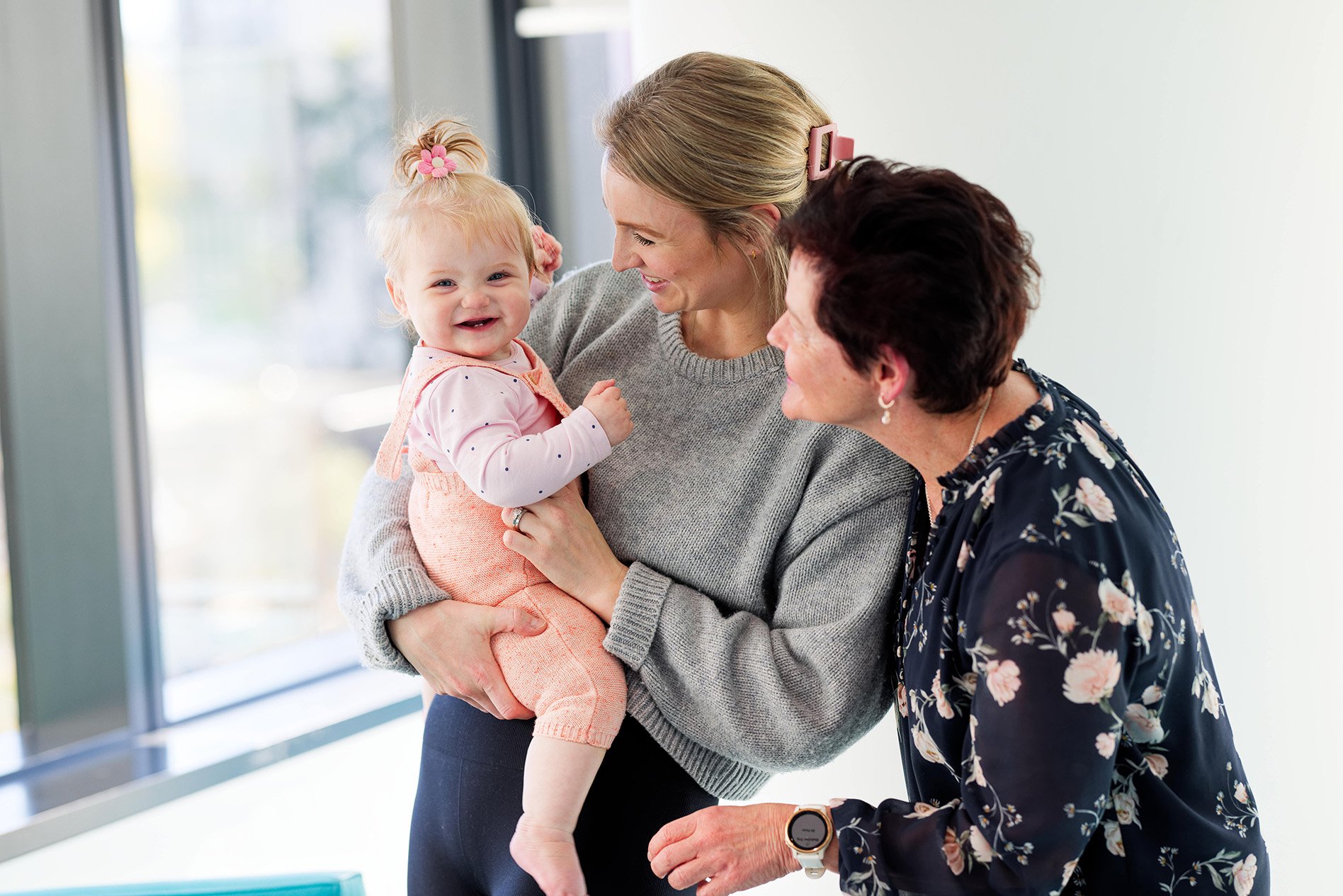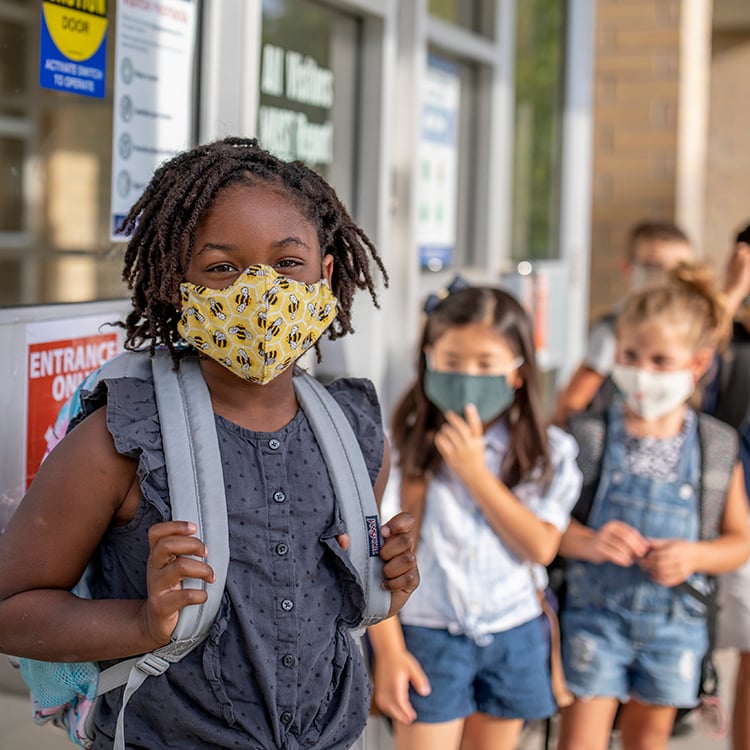Search

Donate to Embrace Mental health is a major and complex issue impacting our children and young people, but it is still not fully understood. That’s

Embrace is always looking to our community group for new ideas on how to better connect with you. Let us know what events and topics you would like to see for a chance to win 1 of 3 $50 vouchers!
Research
Changes in the clinical and epidemiological features of group A streptococcal bacteraemia in Australia's northern territoryWe aimed to measure the incidence and severity of invasive Group A Strep disease in the NT since 1996.
Research
Dendritic cells and multiple sclerosis: Disease, tolerance and therapyMultiple sclerosis (MS) is a devastating neurological disease that predominantly affects young adults resulting in severe personal and economic impact.
Research
Childhood and parental diagnostic radiological procedures and risk of childhood brain tumorsWe found no evidence of positive associations between risk of childhood brain tumours overall and childhood or parental pre-pregnancy radiological procedures.

Research
Respiratory Syncytial Virus (RSV)RSV hospitalises millions of babies worldwide every year: our research is helping to change that.

While COVID-19 is new and frightening, these resources are designed to help families tackle the challenges this virus has created for us.
Research
AutismCharacterised by varying degrees of difficulties in communication skills and social abilities, one in every 100 individuals will have a diagnosis of an autism spectrum condition. While autism is known to run in families, the exact causes remain unknown.
Research
Beyond Seizures as an Outcome Measure: A Global Severity Scoring System for CDKL5 Deficiency DisorderCDKL5 deficiency disorder (CDD) is a rare developmental and epileptic encephalopathy (DEE) associated with multiple impairments and comorbidities. Outcome measures for disease-modifying clinical trials for DEEs should measurably capture a spectrum of caregiver priorities and be externally validated.
Research
Convalescent plasma in hospitalised patients with COVID-19Convalscent plasma (CP) was identified as a potential therapy for COVID-19 available early in the pandemic.
